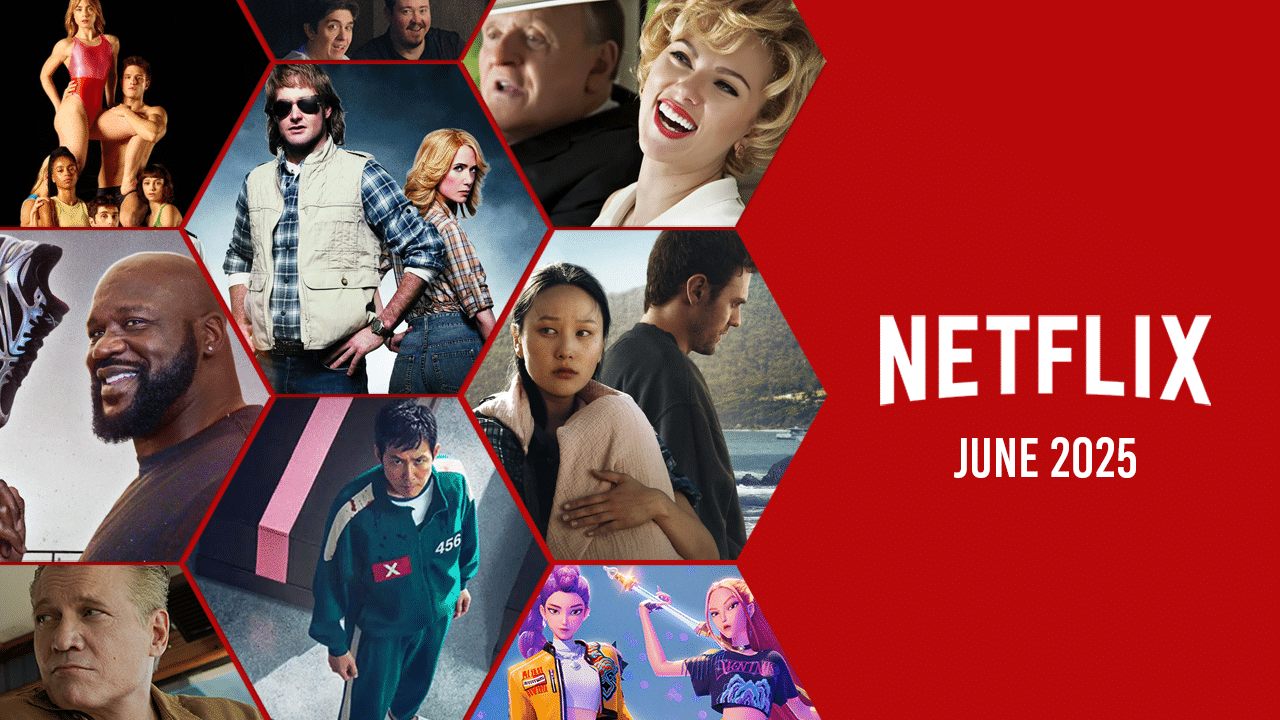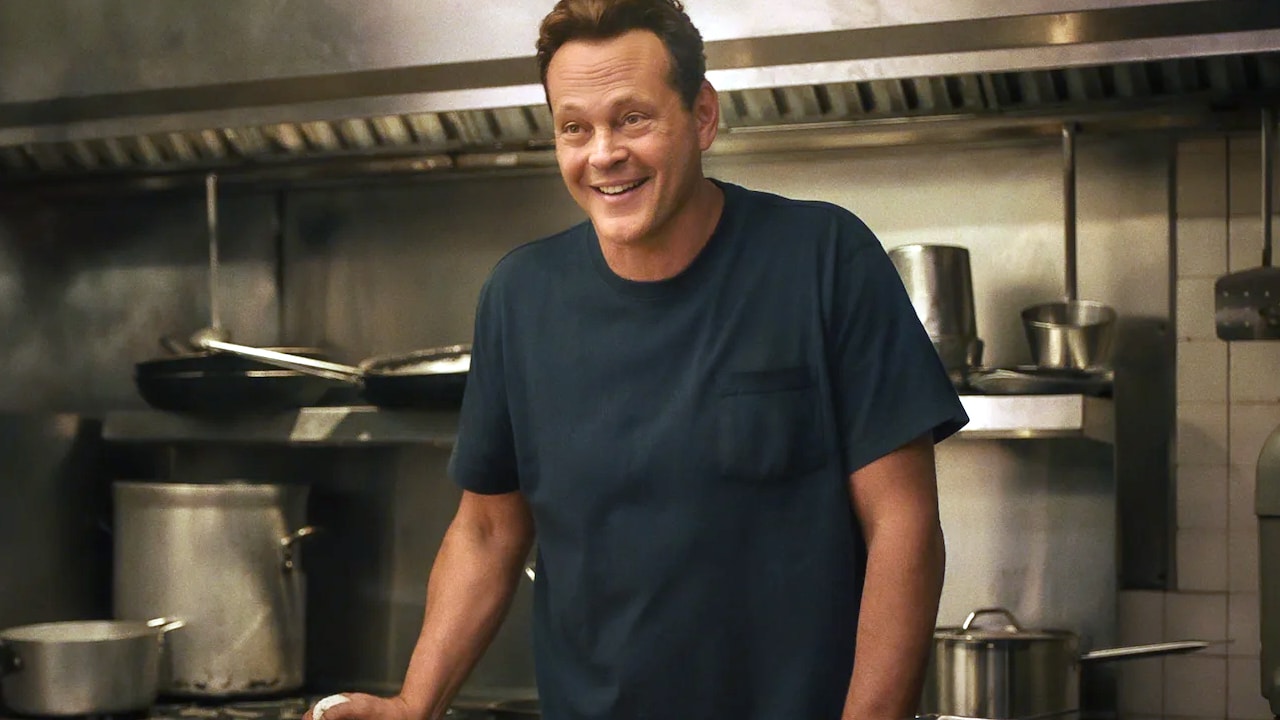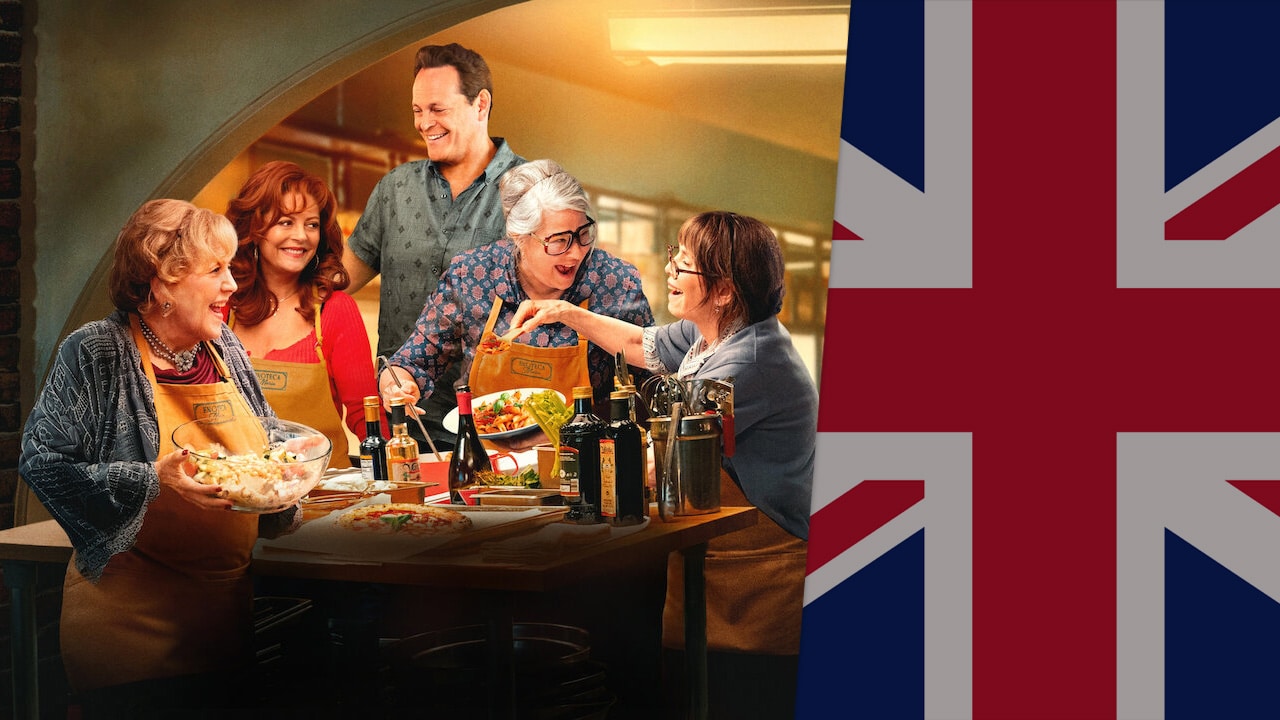In her essay “Fairy Tale is Form, Form is Fairy Tale,’ scholar Kate Bernheimer lays out the defining characteristics of a fairy tale. She argues that fairy tales don’t need backstories, character development, or explanations for why things are happening. They don’t even need to be passed down through centuries, as long as they contain four elements: flatness, abstraction, intuitive logic and normalized magic. Fairy tales, Bernheimer says, bypass rationality, speaking directly to the subconscious using symbols and archetypes. And the deepest depths of our subconscious minds are where monsters dwell.
The Ugly Stepsister, which premiered at this year’s Sundance Film Festival, is part of a horror tradition that draws from the resonant symbolism and psychosexual anxieties of classic fairy tales. In the film, writer-director Emilie Blichfeldt uses the tale of Cinderella to explore the cruel demands that patriarchal beauty culture places on women. “By empathizing with Cinderella and mocking the stepsister, we have been deceived into betraying the stepsister—and ourselves,” Blichfeldt says. “The time has come to dwell on the moment that has, until now, passed without empathy, care, or reflection: a young girl, so desperate to fit an impossibly small shoe, severs her own toes.”



![9th May: The Royals (2025), 8 Episodes [TV-MA] (6/10)](https://occ-0-1381-999.1.nflxso.net/dnm/api/v6/Qs00mKCpRvrkl3HZAN5KwEL1kpE/AAAABV529fluJj3UKnqjIBWGVZuG9_Y1-hRpymsuSVbLIgvsWvoqUolzVxM7hAaAUVIzu3fzLCKNLykpIPl8be4aYTMotPxUxfGi-Z0_WH-yv1ZAur-kQVVRKGj1L0h6iWt9tplMY4WrgpmAGNMUd6gMbBrH7KPdgwwWzDTXyfDmkZs2Rr65gh97AldK_ePI_ZvF01U06LulIg.jpg?r=3b5)












